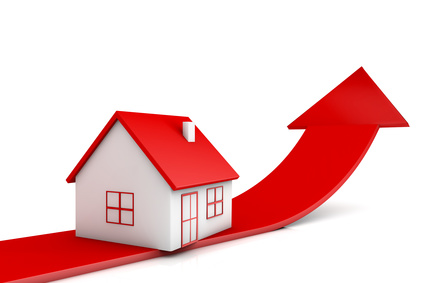Prices rocket and buyers get FOMO – should you jump in or hope for a downturn?

To understand what is happening to Australian house prices, it is important not to view Australia in isolation, but to also understand the global trends currently affecting world real estate.
The pandemic has affected every person in the world and has affected every business and industry, and real estate is no exception.
Property is probably the biggest business in the world. By one estimate, construction, the buying, selling, and renting of properties, and the imputed benefits to owner-occupier’s account for around 15 per cent of rich countries’ GDP.
Property also makes up around two-thirds of the tangible capital stock in most economies.
Most important of all, property is by far the world’s biggest single asset class. Investors have much more money tied up in property than in shares or bonds.
What is happening in Australia is also happening in Canada, the United Kingdom, the United States, and many other western and developed countries.
Pandemic fuels broadest global house price boom in two decades
In 2020, analysts and economists were expecting terrible things for global real estate markets.
As we all know, the coronavirus pandemic had sent large parts of the world into lockdown, shutting businesses, costing millions of jobs, and putting the housing market into a deep freeze.
The number of people asking lenders for more time on their mortgage payments surged as the global recession hit.
The fear was that house prices would collapse.
An increase in bankruptcies and unemployment would squeeze disposable incomes and make it difficult for highly indebted homeowners to keep up with their mortgages.
“Actually, none of that happened,” said Kate Everett-Allen, the head of international residential research at consultancy Knight Frank.
In fact, it proved to be the opposite.
The COVID effect
In an unexpected twist, the pandemic has benefited house prices.
“There are many reasons, but a contributory factor to rising house prices globally has been the mass reassessment of housing needs in the wake of the pandemic, whether that’s been buyers seeking home offices, gardens or just to be closer to wide-open spaces,” added Ms Everett-Alle.
With so many people having to work from home, they realised their home is their sanctuary, and they needed more or bigger space, home offices, and better design.
Governments around the world helped homeowners by temporarily banning repossessions and providing trillions of dollars of support for workers and businesses.
Interest rate cuts kept mortgage repayments affordable in many places, while temporary reductions to purchase taxes in some markets spurred home buying.
A freeze on repayments greatly helped many
Apartment complexes like Build to Rent projects around the world have seen huge increases in occupancy, with younger tenants especially appreciating the social interaction such complexes bring, compared to standard apartment buildings.
Across advanced economies, interest rates began to fall sharply during the global financial crisis and have remained at low levels through the 2010s.
These measures cushioned the housing market from the coronavirus recession, but the pandemic itself has actually turbocharged prices.
